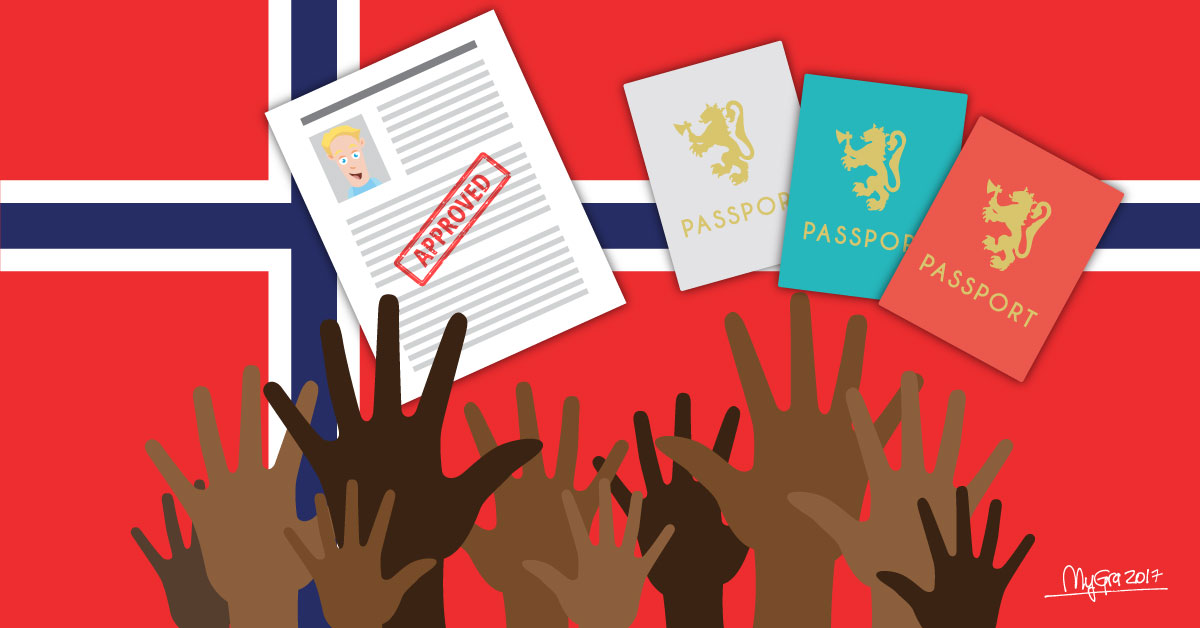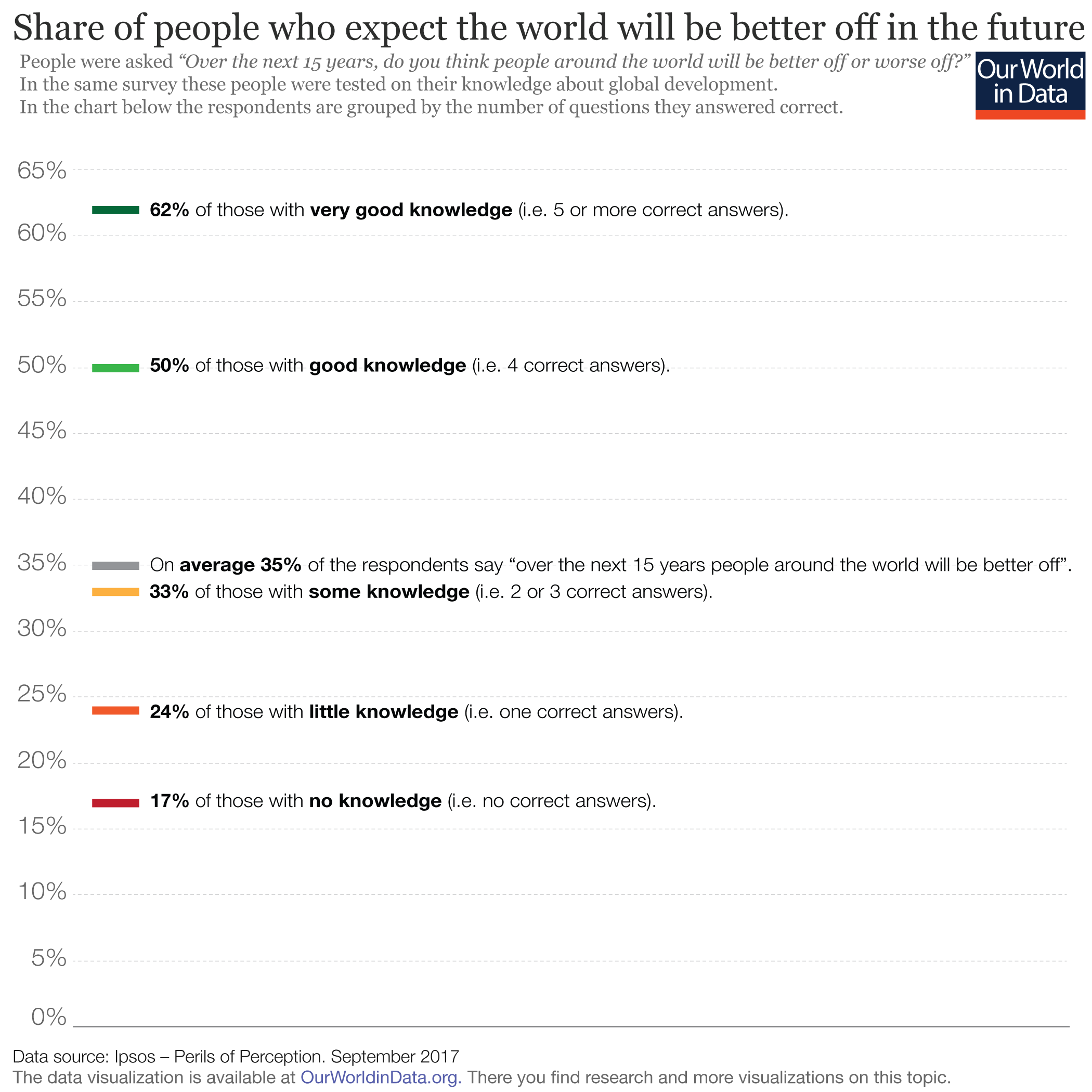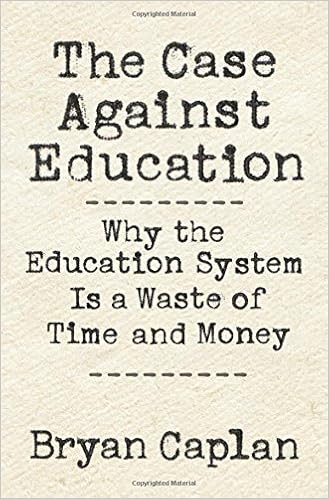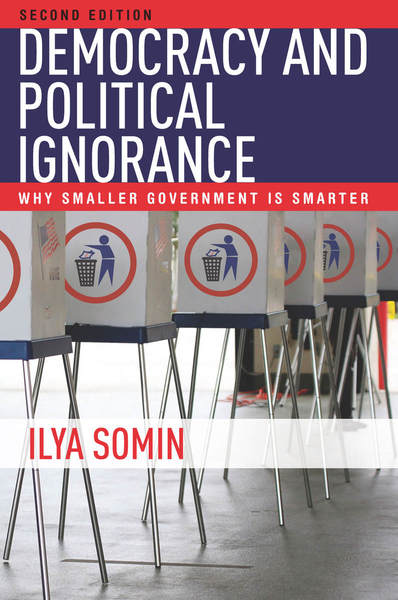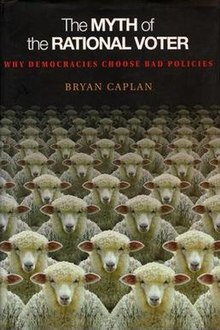So remember that wall Trump keeps promising? Seventy percent of it was completed by previous administrations. Which is to say that immigration idiocy didn’t suddenly begin in 2016.
When it comes to deportations, the Trump administration hasn’t reached the heights of the Obama administration. According to Axios, “Immigration and Customs Enforcement has deported more immigrants this fiscal year than any full fiscal year of Donald Trump’s presidency, but it has yet to reach Barack Obama’s early deportation levels, according to new internal Department of Homeland Security figures obtained by Axios.”


According to the Marshall Project, the current detention system has been continually expanding over the last 25 years:
Under President Bill Clinton the daily population in detention tripled from what it had been in 1994 to nearly 20,000 at the end of his second term. A pair of laws passed in 1996 and signed by Clinton resulted in a vast expansion of the system, introducing mandatory detentions for asylum seekers and legal immigrants who had committed crimes, indefinite detention and additional spending on enforcement. In the aftermath of the terrorist attacks of 9/11, President George W. Bush also cracked down on immigration, ending a policy in 2005 that permitted those being caught crossing the border to be released until their court dates. By the time Barack Obama took office, the average daily population had ballooned to more than 30,000.
Though detention numbers dipped briefly under Obama, by the time of the 2016 election the daily average had reached just over 34,000 after an influx of Central American migrants at the southern U.S. border. In each administration, the growth of the detention system was used to broker political compromises in lieu of dealing with an overburdened immigration system.

This is why claims that “children in cages” began under previous administrations are actually true (though the Trump administration has taken it to 11). And at least some criticisms began under the Obama administration. For example, National Review pointed to a 2011 PBS Frontline special that shined a critical light on the administration’s immigration enforcement:
The yearlong investigation did an extensive and deep dive into the U.S. immigration enforcement system and stories of hidden abuse in detention centers. The nearly hourlong report makes for harrowing viewers: Women who have been detained complaining about being harassed by guards for sexual favors, sexually assaulted by guards, and guards threatening to kill the women they are harassing if they talk. A single mom with two daughters who overstayed a visa gets deported back to Mexico just because she changed lanes without signaling. Cops describe patrolling neighborhoods with significant number of illegal immigrants, where people instinctively run from the sight of a police car. A mother of five American-born children being deported over a speeding ticket.
The report describes, “a vast network of 250 detention centers, from county jails to large centers run by private prison companies, where immigrants facing deportation are held until they can be removed from the country. In the past decade, three million immigrants have been detained in the system.” The report shows white-domed tents surrounded by barbed wire, and are described as overcrowded warehouses of people. Those who have been through the detention centers describe beatings, racial slurs, official coverups, and threats to deport anyone who complains. The problem is described as more than a few “bad apples,” but more of “barrels of bad apples.”
…In the Frontline report, the administration insists the current enforcement policies are necessary to protect the American people. The report shows the president traveling to El Paso and boasting, “We have strengthened border security beyond what many believed was possible. We now have more boots on the ground and we are deporting those who are here illegally.” The deputy director of ICE boasts of “record-breaking numbers in terms of criminal alien removals” that include “1,000 murderers, 6,000 sex offenders, 45,000 serious drug violators. As we expand the deployment of Secure Communities, focus on criminal aliens, you’ll see that number continue to go up and up.” Officials from the administration boast that they’re finally taking enforcement seriously, a contrast with their lax predecessors.
One of the president’s immigration advisors callously declares, “At the end of the day, when you have a community of 10 million, 11 million people living and working in the United States illegally, some of these things are going to happen. Even if the law is executed with perfection, there will be parents separated from their children. They don’t have to like it, but it is a result of having a broken system of laws.”
Critics complain that the administration’s policy is just “enforcement on steroids.” The report warily details how ICE has extended its reach by enlisting the help of local law enforcement to better identify illegal immigrants who have committed crimes — turning local cops into a de facto enforcement branch of federal immigration law.
All of this really should teach us to not deify political administrations. What’s more, it should break the brain of every rabid anti/pro-immigration, pro/anti-Trump Republican/Democrat.


